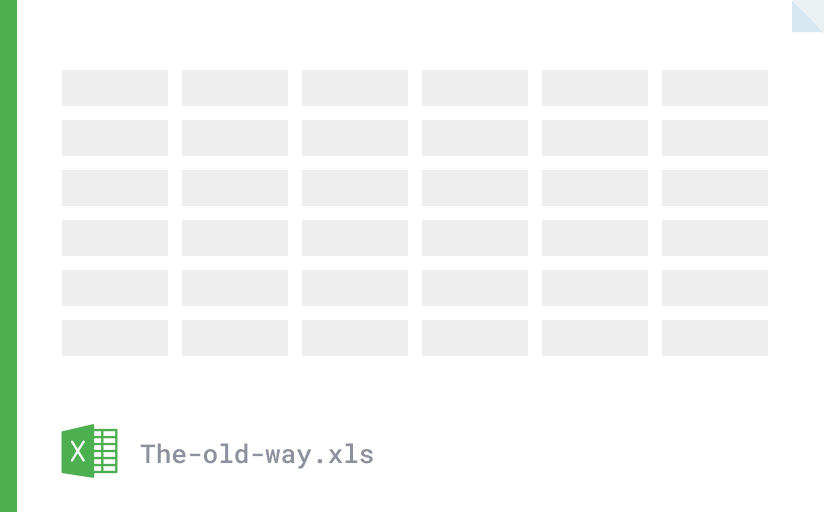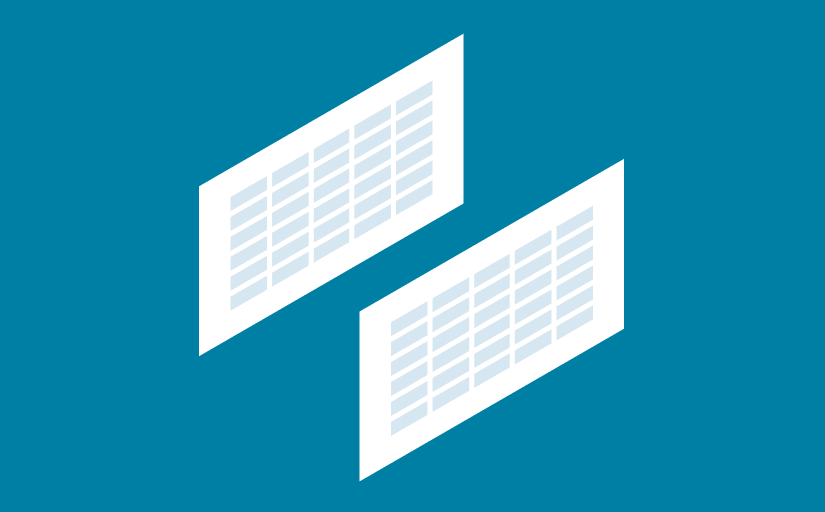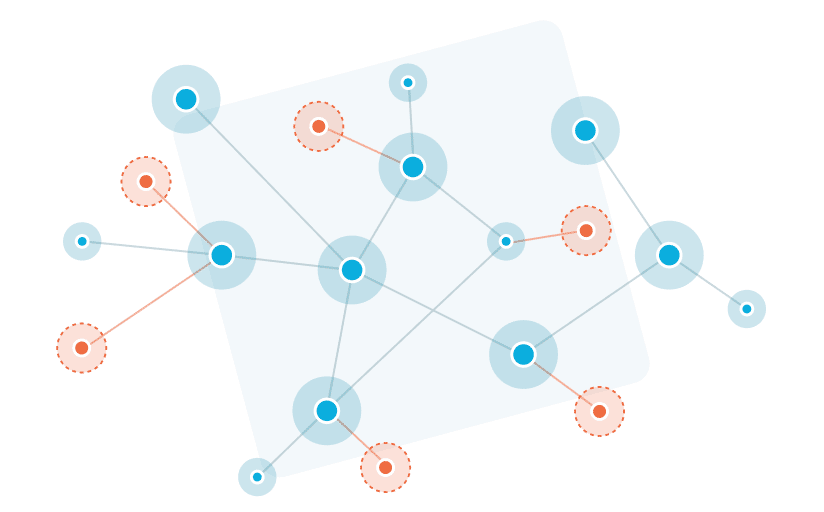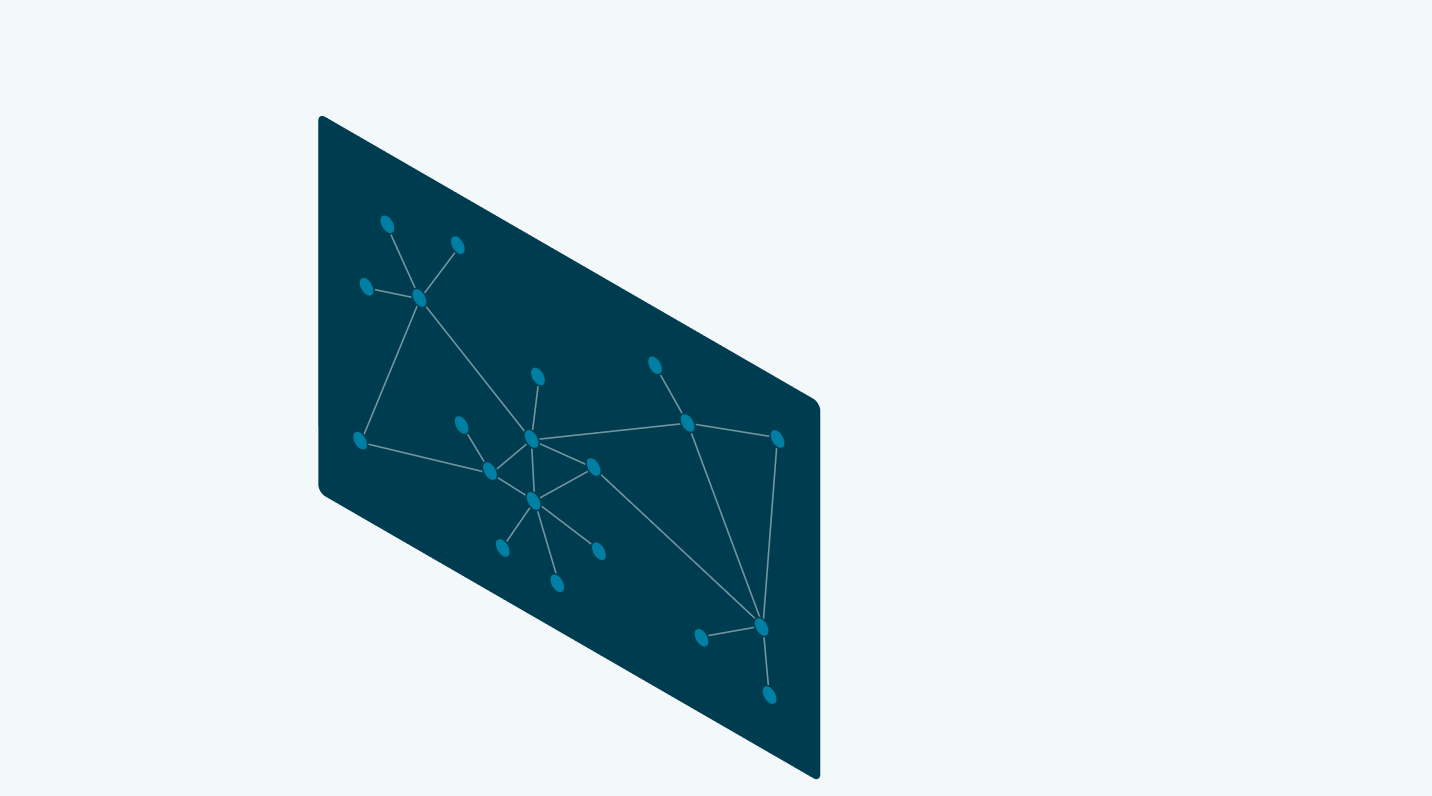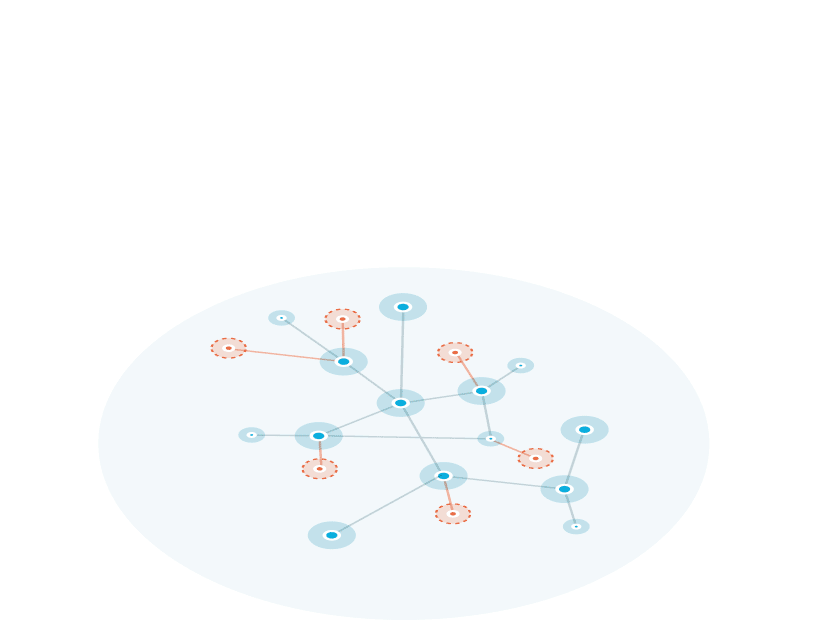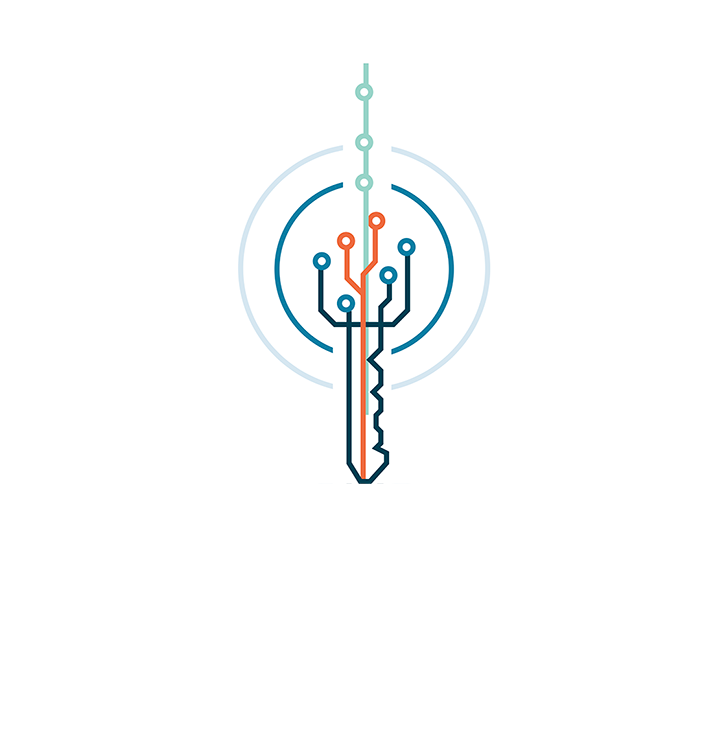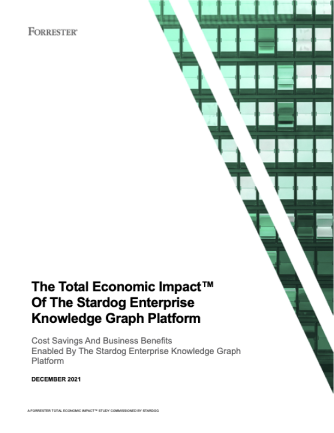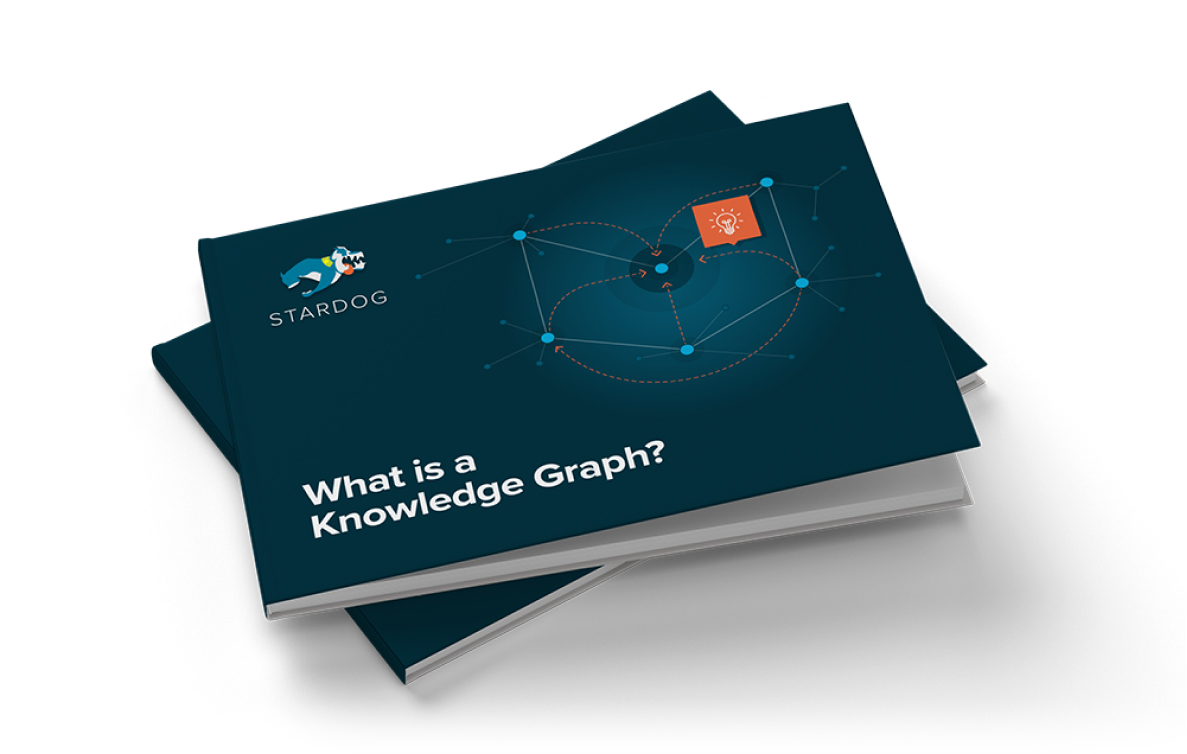Why Knowledge Graphs?
A Knowledge Graph turns your data into machine-understandable knowledge. But what separates data from knowledge? Knowing this answer is key to understanding the definition of knowledge graphs.
Real-world knowledge is:
- situational: meaning alters depending on circumstances
- layered: associations between concepts allow for nuanced understanding
- changing: new discoveries instantly change meanings
These facets of knowledge represent the context that is often missing from data. When traditional data management systems attempt to capture context, they fail. These failures generate gridlock over mastering data, delay timelines when adding new data sources or properties, and cause missing datasets from analyses that lead to mistrust.
Knowledge Graphs, on the other hand, are purpose-built for the fluctuating nature of knowledge. They offer a more flexible foundation for digital operations by easily accepting new data, new definitions, and new requirements.
Born via the tradition of the semantic web, knowledge base instances, such as the Google Knowledge Graph and the Wikipedia Knowledge Graph, have propelled their organizations to informational success.
So, why Knowledge Graphs? Because being data-driven is not enough — but knowledge-driven organizations can act with full context and full confidence in their decisions.



